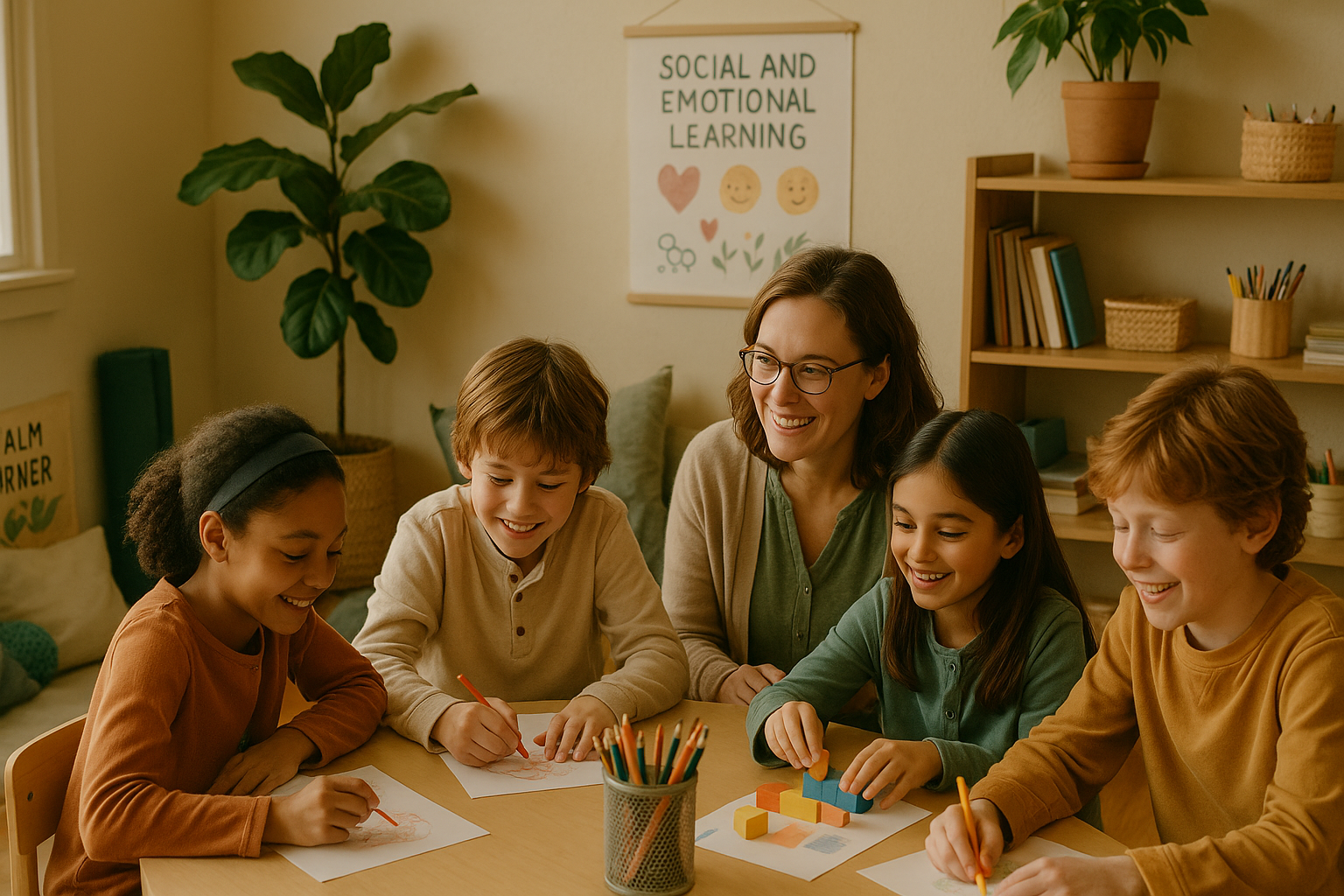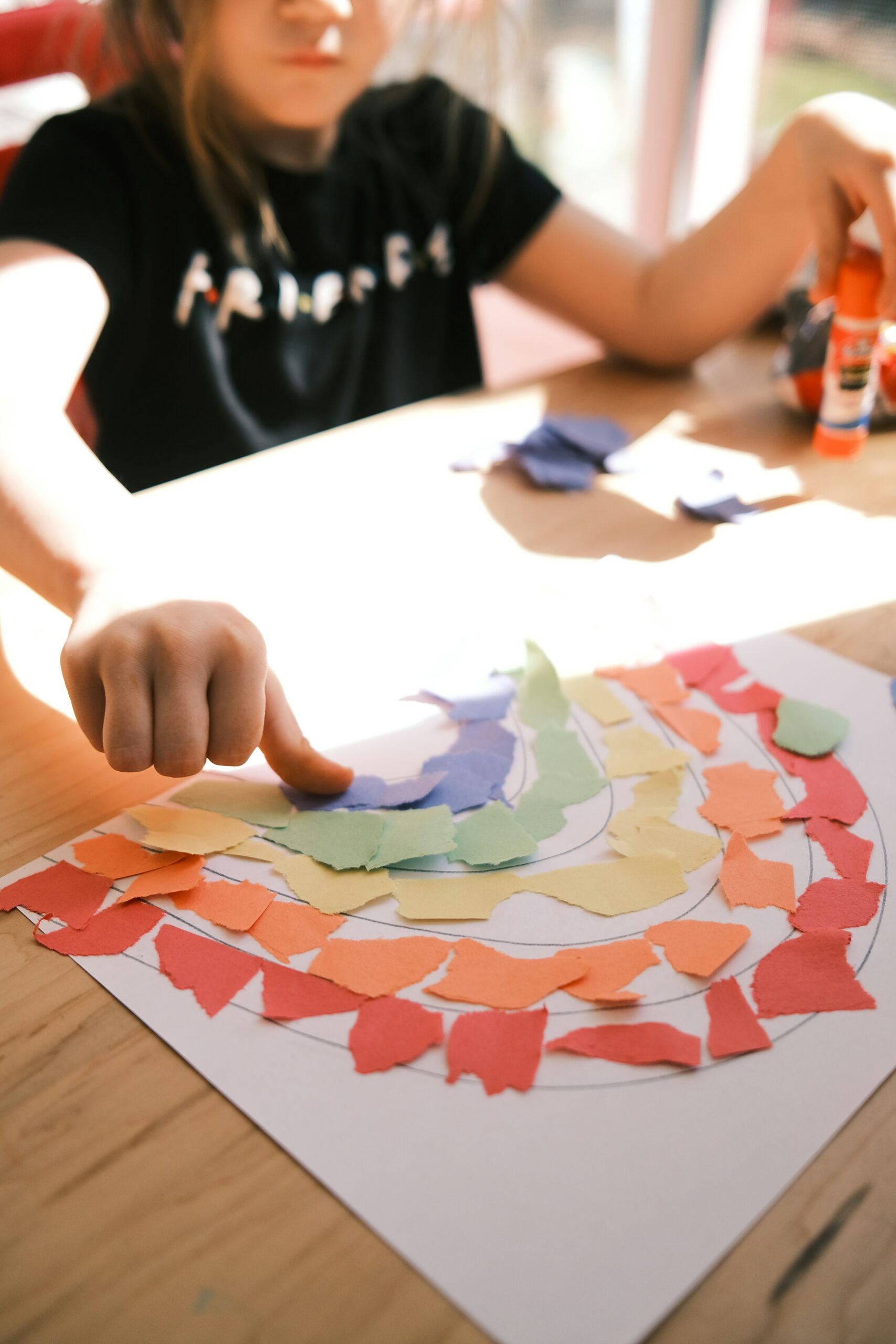Imagine a school where every child feels safe, heard, and supported—not just academically, but emotionally too. That’s the heart of a Social and emotional learning school.
In recent years, more educators and parents are recognizing the importance of Social and emotional learning —a holistic approach that combines academic learning with emotional healing. But what does this really mean? And how can it help children thrive?
Understanding ACEs in Children
At the core of Social and emotional learning is an awareness of Adverse Childhood Experiences (ACEs). These are potentially traumatic events like abuse, neglect, family separation, or exposure to violence. Research shows that ACEs in children can significantly affect brain development, emotional regulation, and learning capacity.
But ACEs are not destiny. With the right support, children can build resilience and flourish.
Why Emotional Safety Is a Learning Essential
A child who doesn’t feel safe can’t learn effectively. Social and emotional learning schools recognize that behavior often reflects unmet emotional needs. Instead of punishment, they respond with curiosity and care. Classrooms are designed to be calm and predictable. Teachers are trained to notice signs of stress and offer strategies like breathing exercises, quiet corners, or check-ins.
When emotional safety is prioritized, children not only learn better—they start to heal.
Holistic Teaching Methods: Supporting the Whole Child
True learning isn’t just about math and reading. It’s also about relationships, self-awareness, and confidence. That’s where holistic teaching methods come in.
Schools like Trauma Free Tree integrate academic support with social-emotional learning (SEL) and therapeutic tools. Children learn how to name their feelings, build friendships, and navigate challenges. Parents are often included through workshops or family therapy, helping the whole system grow stronger together.
Why It Matters—Now More Than Ever
Today’s children face more stress than ever before. Social and emotional learning is not just a nice idea—it’s a necessity. Whether you’re a parent searching for a nurturing school or a new teacher wondering how to reach every child, this approach can transform how we educate and care for our youth.
Ready to Learn More?
Fill the form to download our free Social and emotional learning Guide—a practical resource full of tools, tips, and real-world strategies for parents and educators. Let’s work together to plant seeds of resilience, one child at a time.








